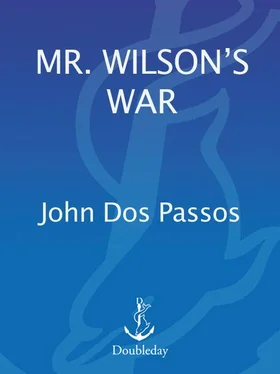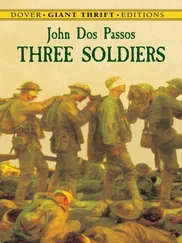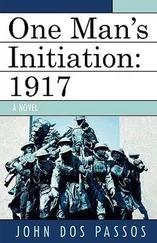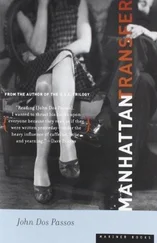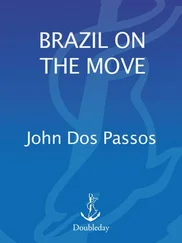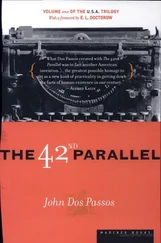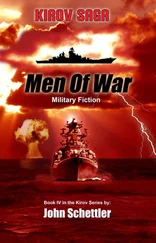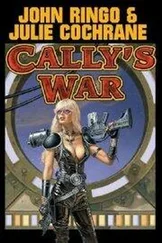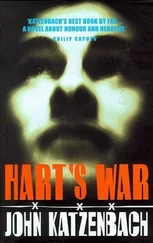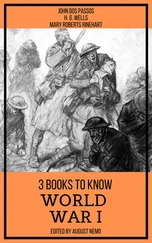Foch insisted. Both men rose from the table where they were seated. “Marshal Foch you may insist all you please,” Pershing remembered having said, “but I decline absolutely.”
Pershing described Foch as picking up his maps and papers and leaving, “very pale and apparently exhausted,” after placing a memorandum in Pershing’s hands for further study.
Pershing was determined that Americans should no longer be used as cannonfodder to spare the troops of other Allied commanders. Though on the whole they got on better with the French than with the British, his doughboys he knew were fed up with being ordered about by the frogs. He was bound he would run his American sector as he saw fit.
The upshot of this irate discussion was that he consented to limit his St. Mihiel offensive to pinching off the German salient and promised that he would, immediately afterwards, in spite of the difficulty of changing his transport arrangements at that late date, join the French in a sweep down the valley of the Meuse starting to the west of Verdun.
“Plans for this second concentration,” wrote Pershing, “involved the movement of some 600,000 men and 2700 guns, more than half of which would have to be transferred from the battlefield of St. Mihiel by only three roads, almost entirely during hours of darkness.”
A million tons of supplies would have to be accumulated along the Voie Sacrée back of Verdun while American transport was busy in getting materials up to the Neufchâteau area for the St. Mihiel operation. “When viewed as a whole,” wrote the general, “it is believed that history holds no parallel of such an undertaking.”
For the St. Mihiel offensive some three thousand guns of all calibers were brought in, not one of them of American manufacture. A little less than half were manned by the French and the rest by American gunners. Forty thousand tons of ammunition were placed in readily accessible dumps.
Communications, consisting of telegraph and telephone lines, radio and a carrier pigeon corps, had to be connected with a central switchboard at Ligny-en-Barrois.
Convoys of trucks, some American but most of them French, moved back and forth from nineteen railheads, to bring up food, clothing and equipment which had been shipped from the American ports.
Nearly thirty thousand beds were ready in field hospitals provided by the Medical Corps.
Colonel Billy Mitchell for the first time commanded a really substantial airforce, some twelve hundred planes including French and British reinforcements.
There was still a total lack of heavy tanks and a shortage of light tanks. That meant that the doughboys would have to cut their own way through the barbed wire instead of having passages opened up for them by the tanks.
The total strength of the fighting forces under Pershing’s command was 550,000 Americans and 110,000 French.
It had been hoped to attack on September 8. In spite of elaborate efforts to hoax the Germans by loud radio talk, and the setting up of a dummy headquarters to prepare an imaginary offensive in the Belfort region, the Germans were well aware of the American plans. The St. Mihiel offensive had for some time been the talk of the Paris cafés. Swiss and German newspapers started writing it up two weeks before it actually took place. The four day final delay gave the Germans a chance to pull a large number of their troops safely out of the salient.
This retirement had already begun when the American artillery barrage began an hour after midnight on September 12. A certain amount of shellfire was wasted on empty trenches. There’d been a heavy rain that night and at dawn the mist and drizzle shielded the movements both of the attacking Americans and of the retreating Germans.
Lacking tanks, teams of American engineers cut passages through the barbed wire with wirecutters. They laid down paths of chickenwire over the entanglements, a procedure which caused astonishment among the French, because nobody had thought of it before.
The attack, consisting of a twopronged operation, with more or less simultaneous assaults from the south and from the west, was carried out promptly and successfully. The Germans were outnumbered eight to one. In spite of spirited patches of resistance they were not able to get all their troops out before the mouth of the sack was closed on them.
In thirtysix hours two hundred square miles of French territory and a line of railroad were cleared of the enemy. The threatening height of Montsec, which had long terrorized the Allied entrenchments, fell with hardly a struggle. Something under sixteen thousand prisoners and four hundred and fifty guns of various calibers were taken at a cost of only seven thousand casualties.
On September 13 General Pershing, accompanied by General Pétain, made a triumphal entrance into the town of St. Mihiel which had suffered, by an odd fortune of war, very little damage. They were greeted by excited schoolchildren waving the tricolor and by the deputy mayor at the Hôtel de Ville. The inhabitants had been on the whole welltreated by the boche, they were told, except that all the ablebodied males had been carried off in the evacuation. News soon came that the Germans had to move so fast in their retreat that they had turned their prisoners loose ten miles out of town.
As the triumphant generals were leaving, they met Secretary Baker, who had a way of turning up when something important was going on, driving in unannounced with a bashful grin on his face. “I regretted,” wrote Pershing, “he could not have gone in with General Pétain and me.”
The following Sunday, Monsieur Clemenceau appeared at Pershing’s headquarters. It was his custom to visit the frontline troops every Sunday. He demanded to be taken up to Thiaucourt, which was the recaptured town closest to Metz. Pershing, who thought the place was still being shelled, and knew the road would be blockaded with truck traffic, because the move to the Verdun sector was already beginning, said he was sorry, “We cannot take the chance of losing a Prime Minister.” Clemenceau insisted. Pershing compressed his thin lips. When Pershing said no he meant no. The Tiger was furious. He made a try anyway and had to turn back.
To make things worse it turned out that President and Mrs. Poincaré, driving in a little later, had, in the course of a tour which included the ruined remains of a pleasant little country house they’d had on the heights overlooking the Meuse, been allowed to visit Thiaucourt.
At dinner at American headquarters Clemenceau bristled and would not be mollified. His distaste for Pershing turned into a fixed antipathy. All the way back to Paris he grumbled to his aides about the stupid way the Americans handled their military traffic. “They wanted an American army,” he growled. “Anyone who saw, as I saw, the hopeless congestion at Thiaucourt will bear witness that they may congratulate themselves on not having had it earlier.”
The Attack at the Pivot
The mopping up of the St. Mihiel triangle was hardly completed before Pershing moved his First Army Headquarters to Souilly on the Voie Sacrée between Verdun and Bar-le-Duc. The mairie at Souilly had been the chief French command post during the period of the great defense. The American officers felt a catch in their throats as they trooped up the worn steps. Their objectives lay to the northwest of the hills and fortresses that had been so drenched in blood during the battles of the previous years: Mort Homme, Hill 304, Vaux, Douaumont.
To mask the enormous movement of troops and munitions into the Meuse-Argonne sector, preparations for the dummy offensive through the Belfort Gap were ostentatiously stepped up. A phantom of Pershing’s old plan for a drive into the Bassin de la Briey was projected into the press. Pershing’s communiqué spoke of American doughboys as advancing on Metz.
Читать дальше
